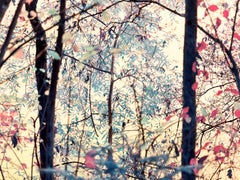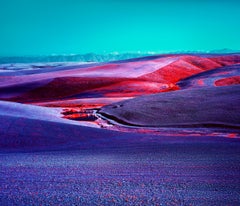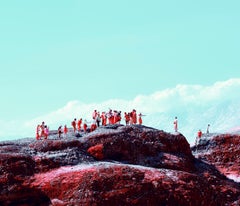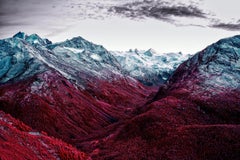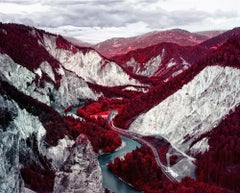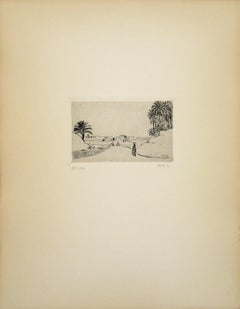Zak van Biljon
2010s Naturalistic Zak van Biljon
Rag Paper, Pigment
2010s Naturalistic Zak van Biljon
Color
2010s Naturalistic Zak van Biljon
Pigment, Rag Paper
2010s Naturalistic Zak van Biljon
Rag Paper, Pigment
2010s Naturalistic Zak van Biljon
Color, Alkyd, Rag Paper, Pigment
2010s Naturalistic Zak van Biljon
Pigment, Rag Paper
2010s Naturalistic Zak van Biljon
Rag Paper, Pigment
2010s Zak van Biljon
Color
2010s Naturalistic Zak van Biljon
Rag Paper, Pigment
2010s Naturalistic Zak van Biljon
Rag Paper, Pigment
2010s Naturalistic Zak van Biljon
Rag Paper, Pigment
2010s Naturalistic Zak van Biljon
Pigment, Rag Paper
2010s Naturalistic Zak van Biljon
Pigment, Rag Paper
2010s Naturalistic Zak van Biljon
Rag Paper, Pigment
2010s Naturalistic Zak van Biljon
Color
2010s Naturalistic Zak van Biljon
Rag Paper, Pigment
2010s Naturalistic Zak van Biljon
Rag Paper, Pigment
1930s Naturalistic Zak van Biljon
Paper, Ink
1980s Naturalistic Zak van Biljon
Photographic Paper
2010s Naturalistic Zak van Biljon
Photographic Film, Emulsion, Watercolor, Photographic Paper, C Print, Co...
Mid-20th Century Naturalistic Zak van Biljon
Pigment, Paper
2010s Naturalistic Zak van Biljon
Photographic Film, Other Medium, Emulsion, Watercolor, Archival Paper, P...
2010s Naturalistic Zak van Biljon
Photographic Film, Emulsion, Watercolor, Photographic Paper, C Print, Co...
2010s Naturalistic Zak van Biljon
Photographic Film, Photogram, Emulsion, Ink, Watercolor, C Print, Color,...
2010s Naturalistic Zak van Biljon
Photographic Film, Photogram, Emulsion, Watercolor, Photographic Paper, ...
2010s Naturalistic Zak van Biljon
Rag Paper, Photogram
17th Century Naturalistic Zak van Biljon
Ink, Laid Paper, Etching
2010s Naturalistic Zak van Biljon
Emulsion, Photogram, Photographic Film, Watercolor, Photographic Paper, ...
Early 18th Century Naturalistic Zak van Biljon
Laid Paper, Engraving

